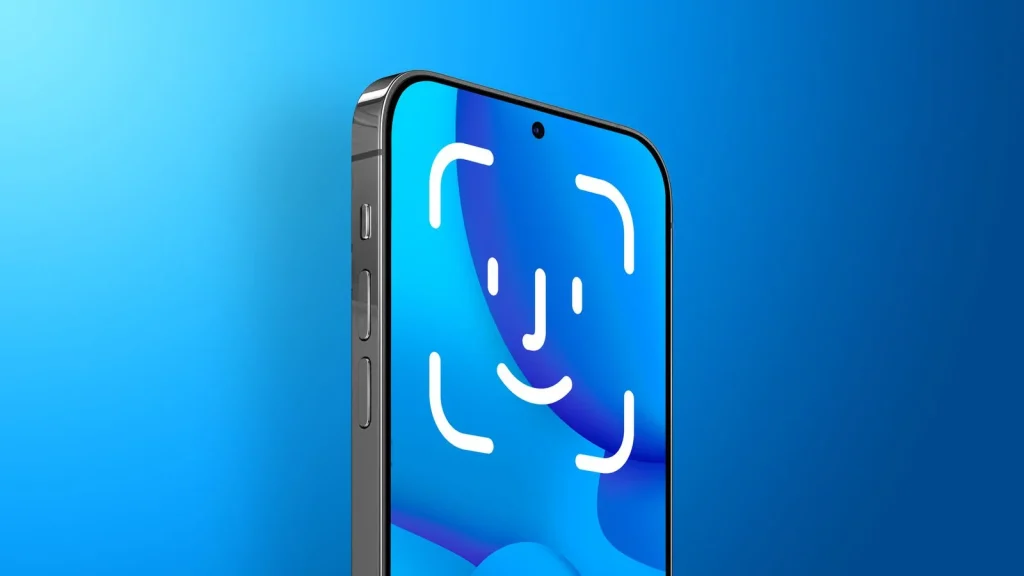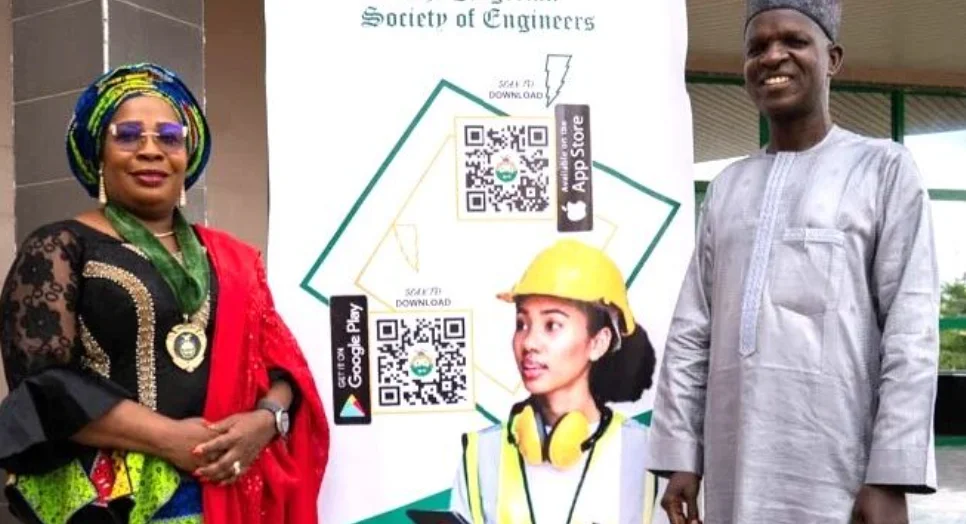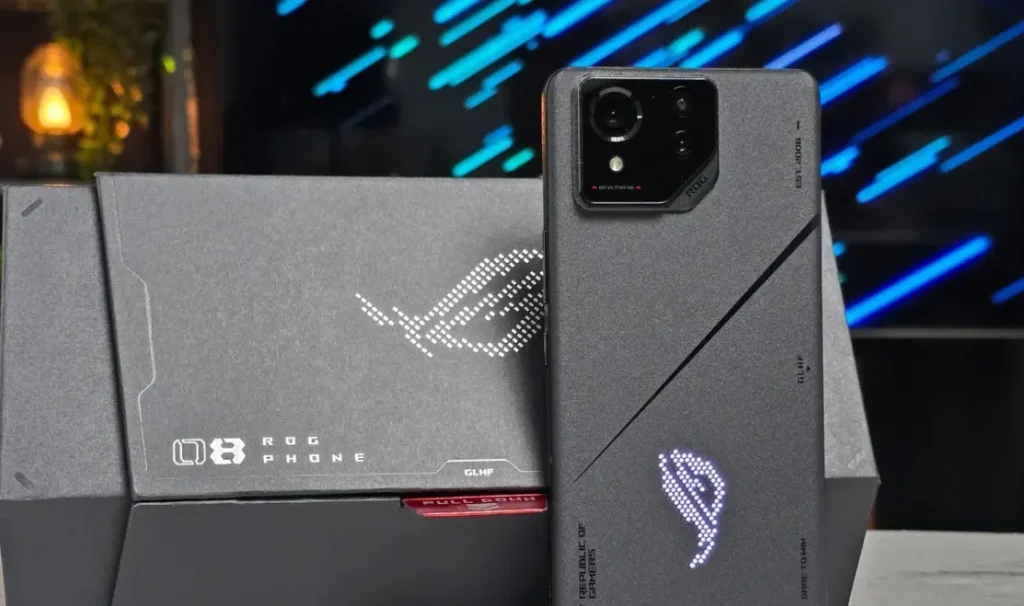Apple plans to dramatically alter the design of its iPhone 18 Pro and iPhone 18 Pro Max models by removing the pill-shaped cutout currently used for Face ID and replacing it with under-display technology, according to a new report. Citing a source familiar with the development, the paywalled report revealed that Apple will shift all Face ID components beneath the screen. As a result, only a small hole will remain in the top-left corner to accommodate the front-facing camera.
If Apple follows through on this design shift, it will mark one of the most significant changes to the iPhone’s display layout since the introduction of the notch in 2017 with the iPhone X. The redesign will allow for a cleaner and more immersive screen experience, aligning with Apple’s long-term goal of creating an all-display iPhone.
Face ID Moves Below the Screen
With the relocation of Face ID sensors beneath the display, Apple will eliminate the need for a pill-shaped cutout on the screen, according to the report. However, the report did not clarify whether this change means Apple will discontinue the Dynamic Island—a feature introduced with the iPhone 14 Pro that animates and utilizes the cutout for various notifications and system interactions.
Although the Dynamic Island feature became a central part of recent iPhone designs, its future now seems uncertain as Apple looks to remove visual distractions from the screen.
Multiple Sources Confirm the Shift
This isn’t the first time speculation about under-screen Face ID has surfaced. Renowned display analyst Ross Young previously stated that Apple intends to debut under-display Face ID on the iPhone 18 Pro lineup. With this latest report echoing Young’s claims, confidence in the accuracy of the rumor has grown significantly. Industry watchers now consider the shift highly likely, as multiple sources have aligned on the same timeline and technology.
Launch Expected in 2026
Apple is expected to officially unveil the iPhone 18 Pro models in September 2026, following its typical annual release cycle. This gives the company over a year to finalize the under-display technology and ensure it meets Apple’s strict performance and reliability standards.
Apple has long explored ways to hide sensors beneath the screen to maximize screen real estate. While several Android manufacturers have implemented similar under-display solutions for cameras and fingerprint sensors, Apple has typically waited to ensure the technology meets its performance and quality benchmarks.
A More Immersive Future for iPhone Displays
This design evolution would help Apple move closer to its vision of a truly edge-to-edge display without notches, cutouts, or other visual interruptions. If successful, the iPhone 18 Pro lineup could usher in a new era of iPhone design, offering users a more seamless and immersive visual experience.
While the fate of the Dynamic Island remains unclear, Apple’s commitment to advancing display technology suggests that future iPhones will continue to innovate in both function and form.












